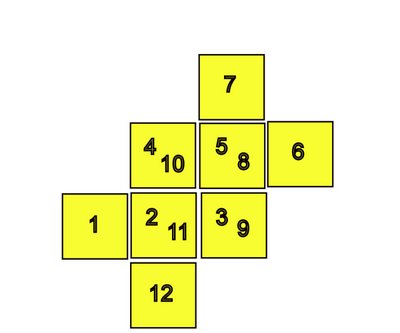 When our family lived on the asparagus farm, Dad was always sending for the free government booklets on subjects he was interested in and the whole family enjoyed reading them as much as he did. After reading a booklet on bees, Mom and Dad decided raising bees was a plausible endeavor since we lived in the country and had acres of red raspberries, black berries, and strawberries as well as fields of corn and the huge gardens we planted every year.
When our family lived on the asparagus farm, Dad was always sending for the free government booklets on subjects he was interested in and the whole family enjoyed reading them as much as he did. After reading a booklet on bees, Mom and Dad decided raising bees was a plausible endeavor since we lived in the country and had acres of red raspberries, black berries, and strawberries as well as fields of corn and the huge gardens we planted every year.Dad began reading and studying how to raise bees. He sent for catalogs offering queen bees and related equipment for sale, and as he thumbed thru he pages, he got all of us children involved in the project of choosing which strain of queen bee we should buy. We became quite knowledgeable about bees and how to care for them.
The first bees were purchased from a South Carolina company and it wasn’t long before the several hives we started with increased to a dozen or more. Every evening when Dad got home from the office, we kids helped him check the hives. He wore long sleeves and a hat with gauze draped over it that protected him from bee stings, but as time passed, he became comfortable working with the bees using only the smoker. A few puffs of smoke caused the bees to keep their distance when he checked the honey frames inside the hives.
Dad did get stung on occasion but the bees were quite docile unless provoked. Even the smallest children walked along side dad as he used the smoker and rarely got a bee sting.
I don’t remember how many frames were in each hive but when one was filled with honey it was replaced with an empty frame for the bees to fill. The hives were placed some distance in back of the house and beyond the long rows of berry bushes separating the asparagus fields from the field corn. The ground inclined slightly and we could see the hives from one corner of the back yard.
One summer day one of the smaller children spotted bees starting to swarm and sounded the alarm. We all raced up the hill hoping to catch it. Dad had told us that tossing clods of dirt into the air among the bees would often cause them to settle near the old hive and we might be able to retrieve it. In that case, he would be able to move it into a hive when he came home from the office.
We three older ones, Adeline, Mickey and I, tossed clods and yelled instructions to each other. Suddenly, Charles, who was about 12 or 13 years old, stuck his arm out. Low and behold, the swarm landed on it! You can imagine the excitement! Someone ran to get the smoker, but before it came, Charles calmly shook the bees off his arm into an empty hive without a single sting. You can imagine how proud he was when Dad heard how the swarm was caught! Later, as an adult, Charles found that he was allergic to bees. His Dr. warned him of the danger and he spent the rest of his life avoiding bees and hornets.




